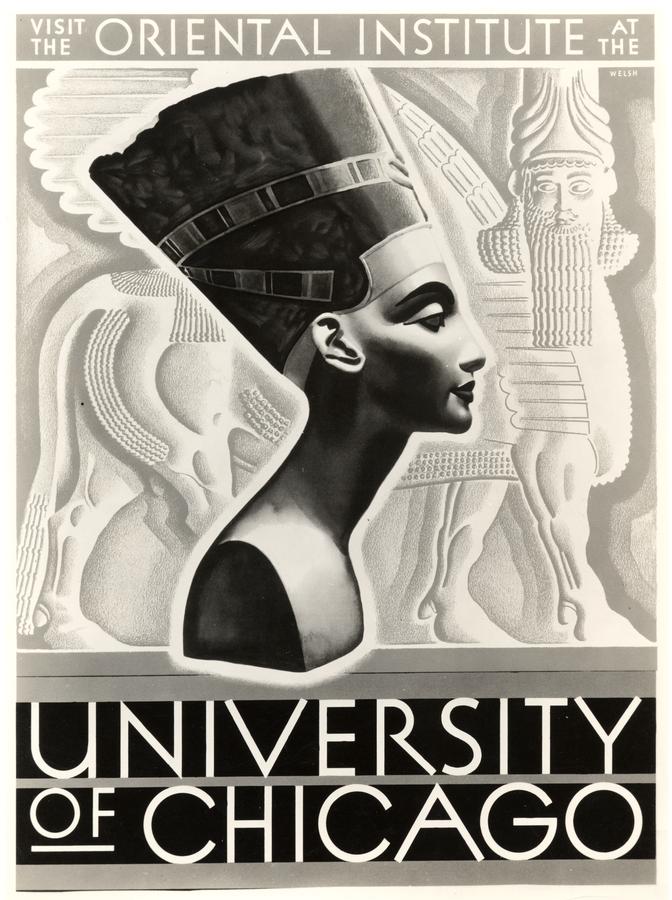
A recent announcement from JNES reads:
The editors and publisher of the Journal of Near Eastern Studies are pleased to announce several exciting changes to JNES.
Effective with the 2010 volume, JNES will move from quarterly publication to semiannual publication, with two issues now appearing each year, in April and October. The amount of content published in JNES will not decrease, however, because each issue will contain at least twice as many pages as previously. Current subscriptions due to expire with the January 2010 issue will now expire with the April 2010 issue; current subscriptions due to expire with the July 2010 issue will now expire with the October 2010 issue. Current JNES subscribers should therefore be assured they will receive all the journal content they have paid for, and more.
Corresponding with the frequency change, we will introduce the first significant redesign of JNES since 1942. An increased trim size (8.5” × 11”) will better accommodate larger photographs and drawings, and a smoother text stock will allow for better reproduction of halftones as well as the possibility of color figures. A two-column interior format and an updated typeface will make the journal easier to read. Additionally, the full-color cover of each issue will feature a different artifact from the collection of the University of Chicago’s Oriental Institute, to be loosely connected in terms of theme to one or more of the articles appearing in the issue.
The JNES editors will also be adjusting the balance between articles and book reviews. The aim is to focus increasingly on original research, and JNES will therefore publish more articles and fewer (though more substantial) book reviews. This goal will only be fully realized, of course, once JNES works through its considerable backlog of book reviews sometime within the next two years.
Otherwise, the traditional editorial scope of JNES—all aspects of the vibrant and varied civilizations of the Near East from ancient to premodern times—will remain unchanged.
Back issues of JNES are available in JSTOR: Journal of Near Eastern Studies
Index to JNES volumes 1 - 55





 Stumble It!
Stumble It!


No comments:
Post a Comment